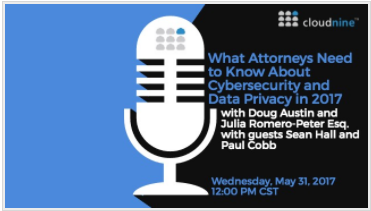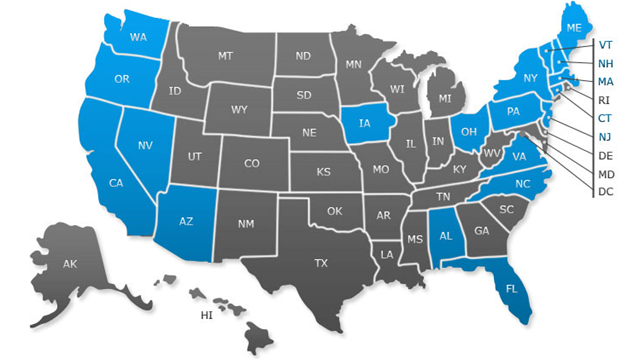The “Belt and Suspenders” Approach for Effective Communication: eDiscovery Best Practices
Having recently experienced a potential communication issue with a client, I thought it would be a good time to revisit this topic…
To be a good manager, you need to be a good communicator. Effective communication is a key part of effective project management, whether that communication is internally within the project team or externally with your client. It is so easy for miscommunications to occur that can derail your project and cause deadlines to be missed, or work product to be incomplete or not meet the client’s expectations.
I like to employ a “belt and suspenders” approach to communication with clients as much as possible, by discussing requirements or issues with the client and then following up with documentation to confirm the understanding. Sometimes what you thought you heard or what they thought they said may not match, so the documentation is key to making sure you’re on the same page (literally). :o)
Following up with documentation of the discussion seems obvious and many project managers start out that way – they discuss project requirements and services with a client and then formally document into a contract or other binding agreement. However, as time progresses, many project managers start to slip in following up to document changes discussed to scope or approach to handling specific exceptions with clients. It’s the little day to day discussions and decisions that aren’t documented that can often come back to haunt you. The other extreme is where a project manager communicates solely via email and keeps the project team waiting for the client to respond to the latest email – sometimes, you need to pick up the phone and agree on the approach quickly to keep things moving. Unless there is a critical decision for which documented agreement is required to proceed, discussing and documenting keeps the project moving while ensuring each decision gets documented.
I can think of several instances where this approach helped avoid major issues, especially with the follow-up agreement or email. If nothing else, it gives you something to point back to if miscommunication occurs. Recently, we agreed to process some data for a client with our professional services team to follow up to perform specific searches to identify potentially responsive ESI to review and (for the documents classified as responsive and not privileged during review) produce. We discussed the requirements with the client and I sent an email which documented the proposed approach and the searches we were to perform for the client to approve, which he did. We then proceeded to process and search the ESI as agreed to in the email.
When we reviewed the search results with the client, it was determined that there was a misunderstanding on one of the searches related to relevant time frame – we understood that emails before a certain date were relevant, but the client said it was the other way around and that emails on or after that date were relevant. Fortunately, the client was understanding and the rework was minimal, but having that approved email that documented our understanding was good to have – just in case. We delivered what we promised and our reputation with that client remains strong – in part, thanks to the “belt and suspenders” approach!
So, what do you think? Have you had miscommunications with clients because of inadequate documentation? Please share any comments you might have or if you’d like to know more about a particular topic.

Disclaimer: The views represented herein are exclusively the views of the author, and do not necessarily represent the views held by CloudNine. eDiscovery Daily is made available by CloudNine solely for educational purposes to provide general information about general eDiscovery principles and not to provide specific legal advice applicable to any particular circumstance. eDiscovery Daily should not be used as a substitute for competent legal advice from a lawyer you have retained and who has agreed to represent you.







